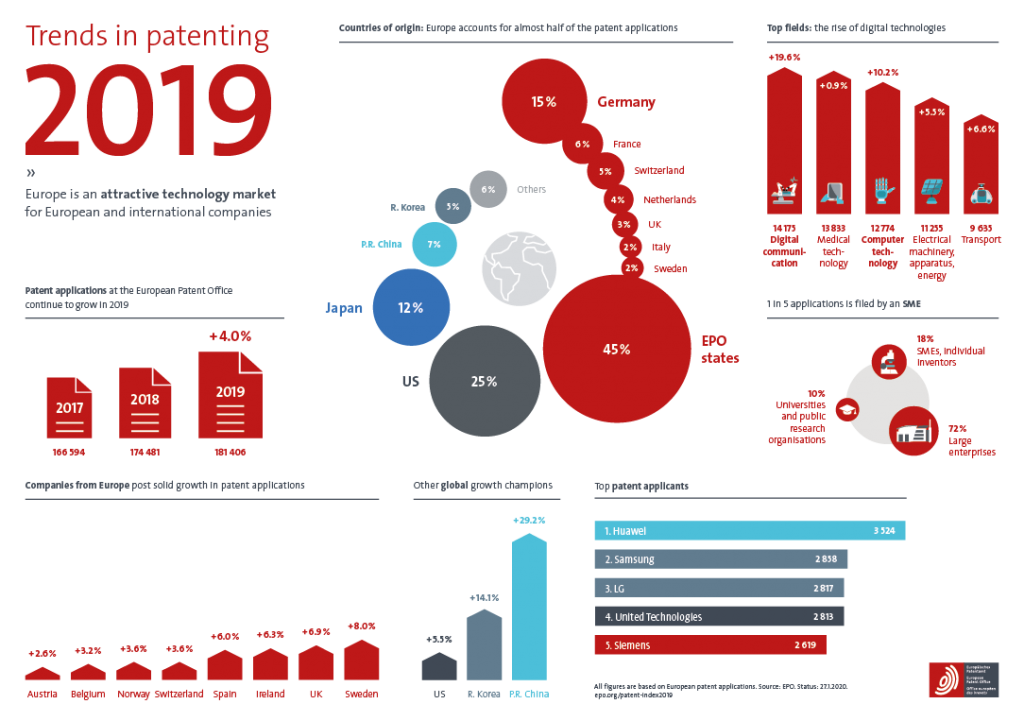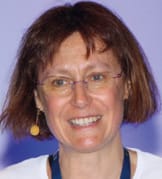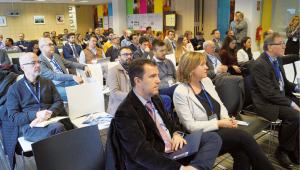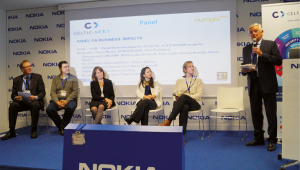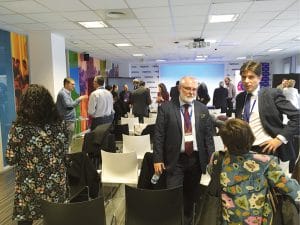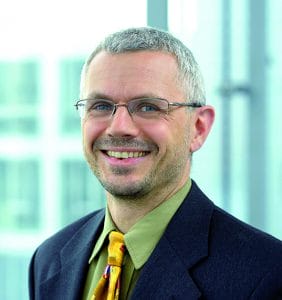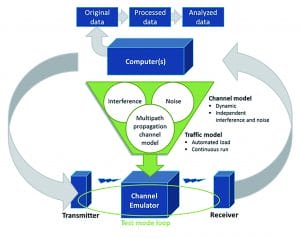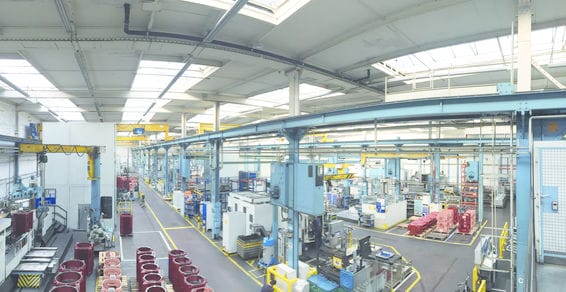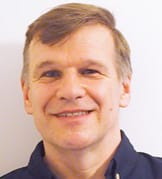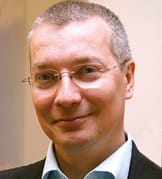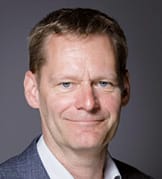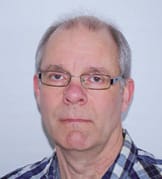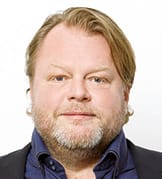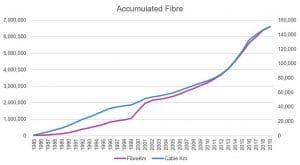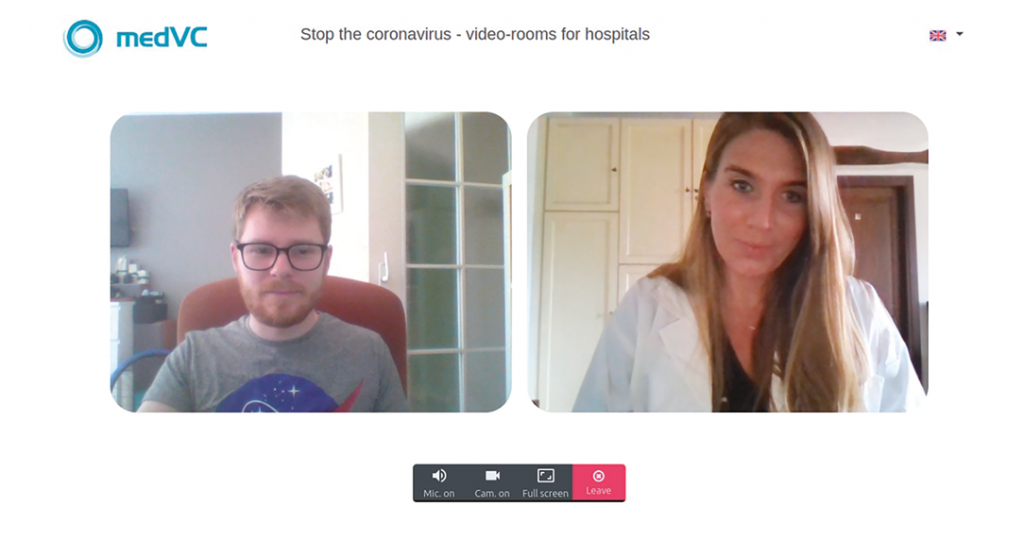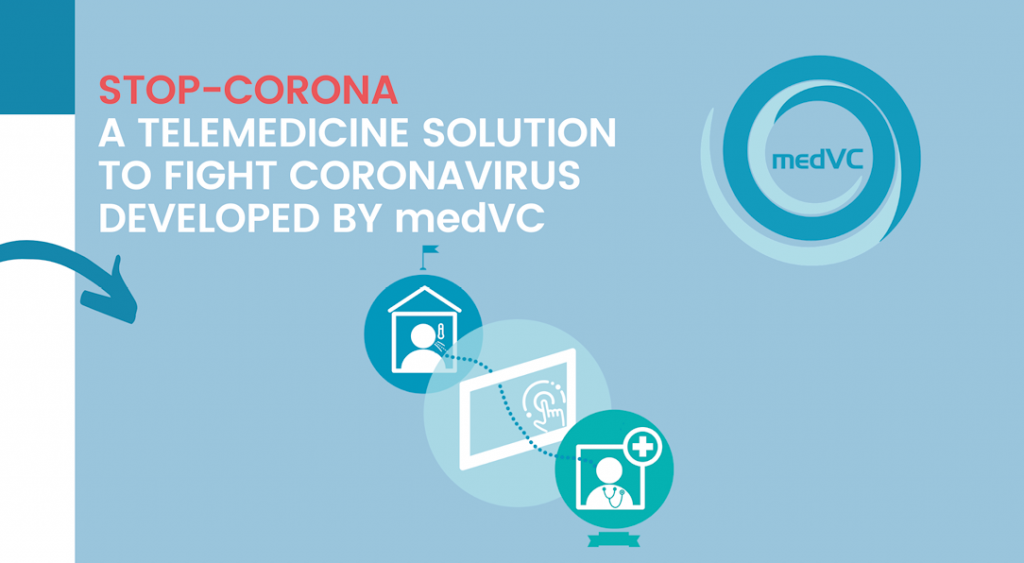The SliceNet project outcomes webinar series
Over a period of four months, from February to May 2020, Horizon 2020 project SliceNet organised a series of seven webinars to present its outcomes and achievements in the area of 5G network slicing. The webinars proved to be quite popular, given their technical nature – they constantly attracted between 30 and 60 participants. Moreover, the questions asked in the Q&A part of each webinar showed the substantial interest of participants in 5G network slicing and the results of SliceNet. The good news for those who missed the webinars is that they were all recorded.
Webinar 1:
5G Multi-Domain Slice Control Plane
In the first webinar, Ciriaco Angelo from Ericsson R&D presented requirements and challenges of the 5G multi-domain slice control plane, the SliceNet Approach to design and prototyping, technical achievements and innovations in the area of slicing, and applications in vertical use cases.
Video recording – https://youtu.be/plyopOq437Y
Webinar 2:
Cognitive, Service-Level QoE Management
In this webinar, Kenneth Nagin from IBM Israel explained how SliceNet’s Cognition Sub-Plane enables 5G network slice management using machine learning to identify problems and policy driven remedial actuations to fix problems. He described the role played by the sub-plane addressing slice management within the three SliceNet use cases, namely Smart Grid, eHealth, and Smart City. The webinar presented the objectives, requirements and challenges for the cognitive sub-plane, the technical approaches for design and prototyping as well as technical achievements in QoE management. A summary of SliceNet innovations in the area of cognitive QoE management concluded the presentation.
Video recording – https://youtu.be/mMTzCxLL0-c
Webinar 3:
5G Multi-domain Slice Management
This webinar was particularly aimed at developers in vertical industries and those interested in the design of 5G applications enabled by 5G multi-domain slice management. Thuy Truong from DellEMC started by giving an introduction to 5G multi-domain slice management, and then continued to discuss the requirements and challenges of 5G multi-domain slice management. She went on to explain the technical approach for design and prototyping and then discussed vertical applications and QoE management innovations.
Video recording – https://youtu.be/skyQds_QXAM
Webinar 4:
SliceNet System Architecture
This webinar was aimed at developers and designers both in vertical industries and research interested in SliceNet’s 5G system architecture for multi-domain slicing. Marius Iordache from Orange Romania started by giving an introduction to the SliceNet System Architecture, and then discussed the requirements and challenges, particularly the vertical requirements that had to be identified and considered in the architecture. He went on to explain architecture design and functional decomposition as well as SliceNet’s end-to-end slicing friendly reference architecture. He concluded by presenting selected vertical use cases.
Video recording – https://youtu.be/CmDVhT73tSo
Webinar 5:
Cross-Plane Orchestration and Use Cases Prototyping
This webinar was aimed at developers and designers both in vertical industries and research, interested in 5G system architecture and orchestration. Jose Cabaca from Altice Labs discussed, how the SliceNet definition of Business Roles relateds to the definition of Business Roles by ITU-T. He went on to explain the SliceNet Architecture and Orchestration Plane, including particular challenges and requirements. He then focused on the DSP end-to-end service and slice orchestration as well as on the NSP network orchestration. In the last part of the webinar he explained orchestration journeys and provided a summary of innovations.
Video recording – https://youtu.be/deKSGoHMxJ0
Webinar 6:
System Integration and Demonstration
This webinar was aimed at developers and designers both in vertical industries and research, interested in 5G system integration and frameworks. Georgios Tsiouris from OTE presented the system integration and demonstration achievements of SliceNet. After discussing requirements and challenges, he explained SliceNet’s technical approach to system integration and the SliceNet framework validation. He concluded by presenting selected use-case demonstrations.
Video recording – https://youtu.be/bgJWevMbYKQ
Webinar 7:
5G Integrated Multi Domain Slicing Friendly Infrastructure
This webinar was aimed at developers and designers both in vertical industries and research, interested in 5G slicing infrastructure. Navid Nikaein from EURECOM explained SliceNet’s technical approach for design and prototyping of a 5G integrated multi-domain slicing-friendly infrastructure, highlighting the technical achievements and major innovations. He concluded by showing selected vertical applications.
Video recording – https://youtu.be/IMTMX-my3Lk
Further information
SliceNet project website – https://slicenet.eu
